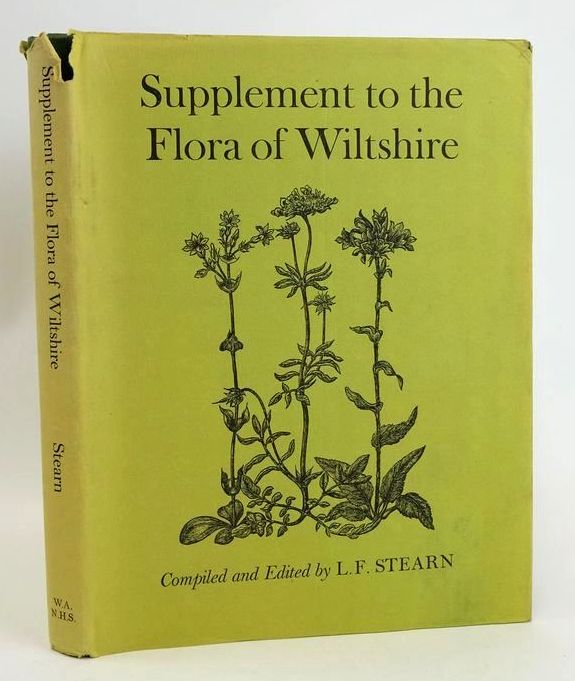British Wild Flowers by Jane Loudon
Check current stock of this title >
First published by William Smith in1846, this title contains 60 hand-coloured lithographed plates. In the introduction to this work, the author/illustrator herself tells us about the book, she states:
'The present work has been undertaken in consequence of its being suggested to me that a selection of British Wild Flowers, in one volume, on the same plan as my Ladies' Flower Garden, would be useful to those who neither have time nor opportunity to consult the larger works on the subject.'


Jane Loudon, originally known for her earlier novels, branched out into Botany and Gardening manuals. On finding the works available in her time to be difficult to understand unless you were a more advanced student of horticulture, she was determined to make the subject more accessible. With this title she wanted to 'enable any amateur who may find a pretty wild flower growing wild to ascertain its name and some particulars respecting it'.
She specifically wanted to make the subject more acceptable as a hobby or interest of young women of her time. In the book she makes her feelings known when she says 'I must confess nothing would give me more pleasure than to see botany commonly taught in girls' schools, as French and Music are at present'. However she realized that she may not see this societal change during her lifetime, as she continues; 'I think that it more than probable that in another generation, it will be so.'



British Wild Flowers includes only 'the most ornamental plants' and does not include 'any flowers that are common in gardens'. Loudon gives credit to other works that she has emulated in the arrangement of information and systems used, and admits that several genera have been omitted in her work. Each chapter looks at a different 'Family' of Wild Flowers and within the chapter any 'tribes' within those families.
The full page hand-coloured lithographed plates are exquisite in their detail and vibrant colour, which must have taken much time and great attention to the original flowers. They add a great deal to the purpose of the book, making identification of a flower easier than just a description or a small black and white drawing of the flower in question.
This title is an excellent example of a botany book of the time, but making the subject easier and more enjoyable for the general reader and amateur botanist.
Contributed by Joanne Hill
(Published on 10th May 2018 )













